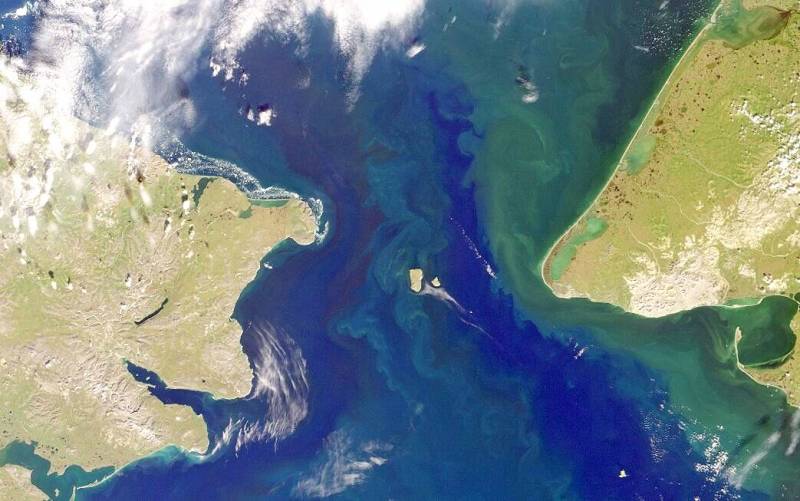
Coronavirus pandemic and general economic downturn threaten the world with recession, massive bankruptcies and unemployment. In such a situation, large-scale infrastructure projects under the auspices of the state could be a good help., giving orders, contracts and creating new jobs. It is possible, that it's time to return to the idea of connecting Russia and the United States with a tunnel along the bottom of the Bering Strait. What can this project give our country??
This idea is not new, it was first voiced in a distant 1890 year. Railroad tycoons love to connect Alaska and Eastern Siberia. Options were considered as with a railway tunnel, and with the ferry crossing, but for various reasons they were at one time rejected. Already in 2012 Yakunin, the then head of Russian Railways, spoke out in favor of extending the line to Kamchatka and then connecting to North American railways. Several years ago in Russia, an online petition for the construction of a tunnel through the Bering Strait attracted over 16 thousand votes. So what can our country get from the implementation of this project?, and why is it constantly shelved?At first sight, everything seems pretty simple. The Bering Strait itself is relatively shallow, from 30 to 50 m. There are two islands approximately in the middle.: Ratmanov and Kruzenshtern, between them lies the sea border between the Russian Federation and the USA, Asia and North America, and at the same time the date line. Using the islands, it is possible to lay three sections of an underwater tunnel with a length 40, 3,7 and 40 kilometers, respectively, between Chukotka and Alaska. Technically, it's not harder, how to connect the UK and the continent across the English Channel. If implemented, this project promises a lot of "goodies". Joining it with China and Southeast Asia will give them rail access to the US and Canadian markets, and Russia at the same time will be able to earn on transit. According to preliminary estimates, along the bottom of the Bering Strait will go to 3% world trade. Telecommunication cables can be laid in parallel along the tunnel, pipelines, etc.. Low-populated regions of the Far East and Alaska will receive an additional stimulus for development. Two continents will be reliably connected, it will be possible to drive a car from Lisbon to Miami. The benefits are undeniable and great. But until now, the implementation of the project ran into a number of serious problems.. At first, the region belongs to the Far North with its harsh conditions, because of which construction will be very difficult and expensive. According to some estimates, the project may cost over 100 billions of dollars. Secondly, Needs investments in adjacent transport infrastructure. From the US side, it will be necessary to lay a minimum 900 kilometers of road through permafrost to the nearest motorway. On the Russian side, things are even worse: from the highway to the possible entrance to the tunnel of order 2 thousands of kilometers, to the nearest railway from above 3 thousands of kilometers. Plus, Russia and the USA have different track gauges..Thirdly, in the context of the incipient economic downturn, the railway will have to compete with sea transport for a decreasing freight traffic. Nevertheless, what is happening in the world is more and more like the beginning of a new "great depression". The implementation of such a large-scale infrastructure project on the basis of international cooperation could support the economy and the real sector of states, participating.
Author: Sergey Marzhetsky











